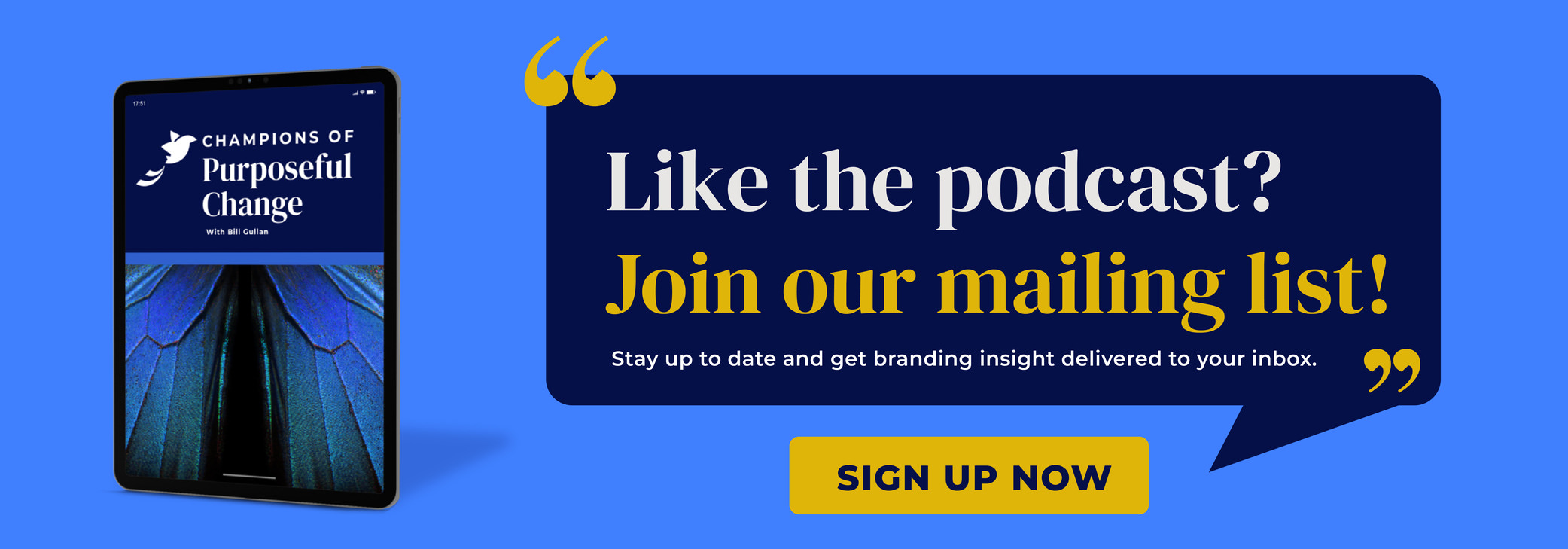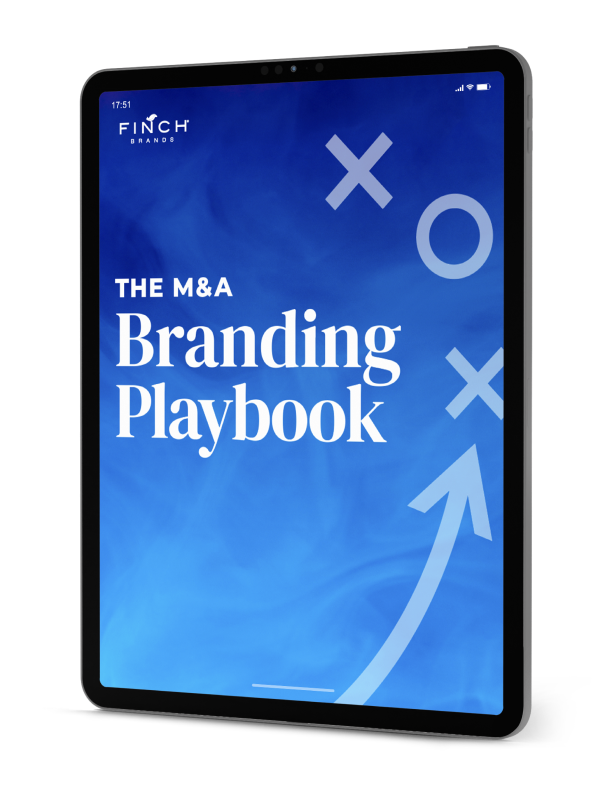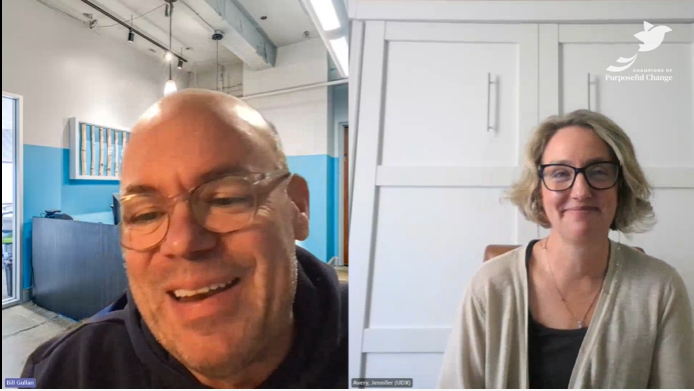One Big Idea: Naming in Practice
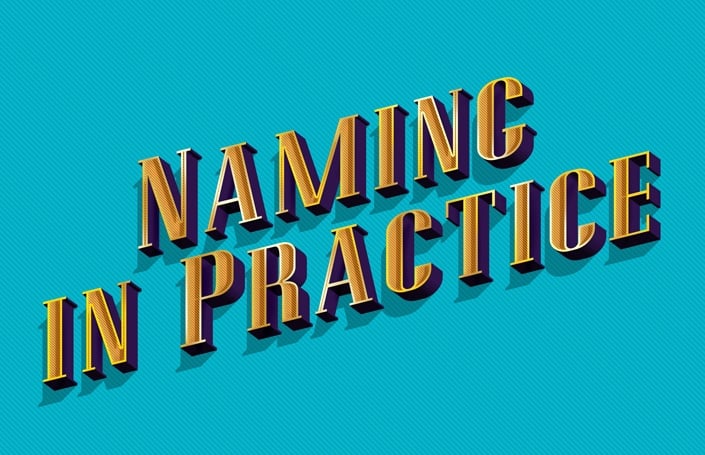
‘What’s in a name?’ Naming a product or company is one of the most exciting and challenging processes. With many creative routes to take, it can be difficult to know where to start or how to evaluate candidates. In this week’s One Big Idea, Bill explores the naming process and provides guidance on effective ways to structure ideation and selection. If you like our podcast, please subscribe and leave us a rating!
Podcast: Download Subscribe: iTunes | RSSTranscription
Bill Gullan: Greetings one and all, this is Real-World Branding. I’m Bill Gullan, President of Finch Brands, a premier boutique branding agency, and this is One Big Idea. This week’s topic, which we’re calling Naming in Practice, is about what is probably the most fun and I’d say simultaneously the most difficult type of project or engagement that we work on here at Finch Brands, and that is naming. Naming products and services, naming companies. Love it, it’s really fun, it’s very stimulating, but at the same time it is hard.
So I thought this week we’d talk about a couple of ideas for how to think about naming processes, how to do one yourself, some stories from the trenches of doing this, and things that maybe having stepped in it at some point my career, we can help you to avoid stepping in it. So three thoughts, one for before the brainstorming and creative process, the second for during, and the third for after.
The first is that while naming is an inherently subjective and often polarizing process, it is important to establish objective criteria for success before you start. In naming there is very rarely a thunderbolt of ‘Wow, that’s it, that’s amazing, that’s the name.’ That doesn’t happen much. There’s a couple reasons for that.
One, I think the dominant reason is that what you are evaluating when you are thinking about a naming process is really words on a page, where it’s pixels on a screen. The names that when we look at the market and we all say, ‘wow that’s a great name,’ or whatever it is they tend to be great because of the brand that’s been built around them. They also tend to be great because of the experiences that we’ve had with the company. So for a name or for a brand to really become three dimensional in that way requires more than just black type on a white screen.
So to hold up name candidates that are just possible ideas to that level of comparison, ultimately, leaves you wanting. This is not a way to set expectations or to make you ever think that you should feel forced to go forward with a name that you don’t like, but establishing objective criteria up front enables you to, in a fairly clear headed way, evaluate the names and the ideas that come forth and to have the right level of expectation about how you’re going to feel when you’re thinking through name ideas and naming processes.
It’s important in establishing those criteria that you use them to do a bit of pre-work before you brainstorm. For example, its always good to look up words, phrases, or images associated with a product or a concept. You can do Google image and text searches, you can look in the thesaurus or a dictionary type of environment, or whatever it is. It is best often, before you go to actual name ideas, to have a conceptual idea set forth.
It’s also good in a process like this to think about your category, think about related ideas having terminology, lingo different slang or colloquial terms. At the front of your thinking, this may help with a brainstorming process. Looking up other things whether it’s movie, book, and song titles, whether it’s cloud formations, whether it’s names of rocks, trees, or natural phenomena. Often some of the best and most effective names are metaphors that represent something about what you’re trying to convey but aren’t as direct as maybe one would want to be.
Again that’s about the potential of what you build around it. So when you think about the criteria that you want to establish front up, you need to think about your business strategy, you need to think about the way in which the name will be used and marketed, and you need to think about the relative elements of what you’re putting forth. Whether you’re focused on making someone feel something, whether you’re focused on underlining a particularly differentiable quality and what it is that you’re bringing to market etc.
So when you’re thinking through brainstorming, you could have three, four, or five criteria. One example might be if you’re dealing with a name of a company that might be extended into a product or a service family, the successful name would need to have the ability to get some extended mileage from it. So brand architecture and thinking through that might be something that lands on your list of criteria. It might be that, in your category, this is less important with mobile, but that the domain name needs to be available organically, which, by the way, is very hard these days for that to be the case. But if that is extra important in your category, you may want to set that criteria.
One other thing is, if your brand is striking that balance of rational and emotional, you would want the name to take a little bit of the burden of positioning, meaning defining difference. You want the name to at least be evocative or expressive of what key differences are from others. The more objective that you can make a process like this starting ahead of time, the better the outcome.
The second idea when you’re in the midst of a process like this, or when you’re evaluating the names that you’ve developed, or that others have developed with you or for you, there’s a couple of things in addition to assessing strategic and creative fit that you really need to keep in mind. First is obviously legal availability, and the second, a close cousin, is domain availability.
It does not make sense, ultimately, for you and your colleagues to waste time, falling in love with or discussing names that pretty obviously you’re not going to be able to have. I mean trademark law is a big gray area, so it ultimately has to do with interpretation, it has to do with levels of risk, but at the same time there are certain names that by virtue of being the names of a direct competitor or being potentially confusing to your marketplace ought not to be advanced in a naming process.
So at Finch Brands, for example, before we submit any name to a client, it will have already undergone a uspto.gov trademark search and will already have undergone domain availability search. This is our standard practice, and we’re not attorneys, so we’re not clearing or eliminating names based upon a final legal answer or opinion. It’s best for our clients counsel to do that, but it saves time. If you’re submitting names that you know at least have passed that course of evaluation, then it leads you to a place where the names that you’re evaluating are worth the time to think through.
So another thing that you may want to add, everybody’s a global business today because of the Internet removing geographic boundaries, but if you’re absolutely focused on global up likability, either through expansion or even within the diverse multicultural population in the U.S., being understanding of embracing the product you may want to screen for linguistic appropriateness as well certainly in the key languages. There’s obviously many funny examples of companies that didn’t do that. The famous obviously is the Chevy Nova which translated in Spanish is ‘no go.’ Certainly not the message that one would want for an automobile and there are many other examples if you just want to Google search, some are funny and a little bit off color.
The third thing to think about ultimately, is how you evaluate candidates. I mean we’ve talked about the objective criteria, those boxes that need to be checked for a name to ultimately be successful, but coming out the back end of the creative process, as you think of which candidates to put forth, as you think about which candidates to move into the finalist position, and ultimately be the name. We have enough experience doing this to know that, again no thunderbolts, and so what that means is that you’re often evaluating names for the absence of negatives.
There’s nothing about it that’s confusing, there’s nothing about it that’s negative, there’s nothing about it that’s offensive. Once you get rid of names that have those negative check marks by their name, when you’re thinking about the names that remain it shouldn’t be the binary ‘like it, hate it’ or it hits you right away or all of a sudden it’s the greatest thing you ever heard of. That doesn’t happen, but what does happen is certain candidates, by virtue of the absence of negatives and by virtue of the potential that they exist for brands to be built around them – are they expressive, can you see them translating easily into a visual or a verbal representation, can you see them aligning with the culture and personality of what your company does.
When you see the potential of names, that’s really when you’re entering a territory where you can make the right choices. If you’re going to be sitting there waiting for a name to score a five on a one of five scale with everyone you talk to or whatever it is, you’re going to be waiting a very long time, it’s just not how it works.
I remember when I started my career in naming, in the 90’s, everyone said we want a name as great as Amazon. What made the name Amazon great, and I guarantee you, weren’t just words on a page and an Internet bookseller saying, ‘Hey, should we name this Amazon?’ Everybody would say no. They wouldn’t connect it, they wouldn’t understand what made the name Amazon great. The company was great, and thus the name became a household representation of a company that we love, that’s disruptive, that’s changing the world in a positive way. Once Amazon expanded across all the different categories, the meaning of the name became clear, the longest river in the world, the fact that it has everything in it was designed to suggest incredible breath. So day one, if you or your creative team or whatever came back and said, ‘Hey I think we should name it Amazon,’ you’d probably be thinking about large and somewhat scary women from history, or whatever it is.
You wouldn’t necessarily get it, and so we’d have clients coming to us all the time and say, ‘I want the name as great as Windows.’ Well because Microsoft was in its heyday it isn’t that Windows was such a great name, but this was descriptive of what the product did, how it looked, and what made it great. It was the brand, the delivery of what Windows truly was, and how that changed personal computing.
So the bottom line is, again for the third time, not going to be thunderbolts here, most likely, but the name candidate with which you should move forward is going to be one that fits the criteria you set out ahead of time, one that clears the right screening – USPTO, domain names, linguistic evaluation – and then one that has the potential to be rendered and delivered in a way that enables the organization or the product to be well represented and for the overall experience to be very positive.
There’s a lot more about how we do naming, different brainstorming techniques, or different ways to consider what is or what isn’t good, but hopefully this gets you started a bit. Naming in Practice is this week’s One Big Idea and as we think about managing an engagement or a process that is designed to name something, again super fun, but challenging.
I think one of the reasons why it’s really challenging is that compared to something like graphic design where there’s a built in acknowledgement that most people don’t possess the skills to do that, we all know the language, more or less, and the reality is that great ideas can come from all over a process like this either from our clients, the daughter of the CEO, or our team who does this every day, whomever. So that should be an egalitarian process evaluating ideas that come from all over, but at the same time you really need to try to make it not only artistic but scientific and hopefully these couple of thoughts have helped you all think about it as you go forth and may have to tackle this on your own someday.
Thanks as always, this is been One Big Idea. We will be back next week with another interview with a business and brand builder that we hope will be compelling. As always three ways to help us on Real-World Branding. One, give us a subscription.Click that box on your app store of choice to make sure you do not miss an episode.
Secondly, if we’ve deserved it, we’d love to see your rating. We’re told that the more aggressively and frequently that shows are rated and podcasts are rated, that helps ensure that other people who may enjoy this will have greater access to it as it rises up the rankings within app stores. Then thirdly, let’s keep the dialogue going on Twitter or beyond. Twitter’s probably easiest and the best way to get to me is @BillGullan or @FinchBrands, Finch like the bird. Signing off from the Cradle of Liberty, have a wonderful week.
